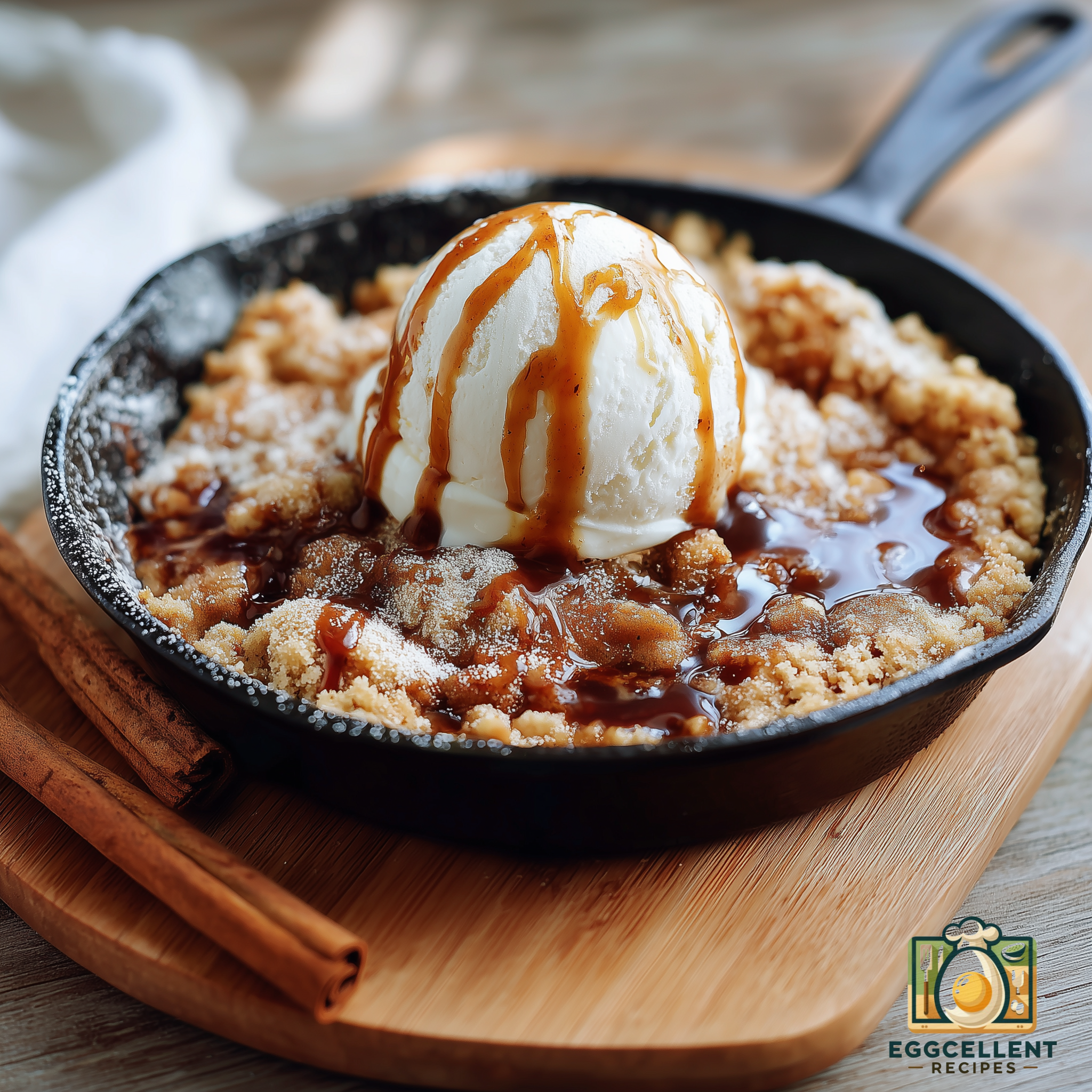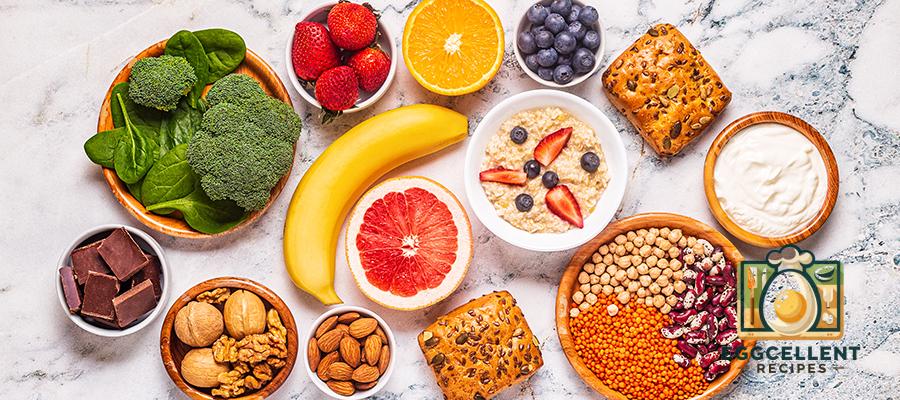
Fiber is an essential part of a healthy diet, playing a crucial role in digestive health, weight management, heart health, and even blood sugar control. Despite its importance, many people fall short of getting the recommended amount of fiber each day. A diet rich in high-fiber foods can help prevent constipation, lower cholesterol, regulate blood sugar levels, and promote a healthy gut microbiome. In this article, we’ll explore the best high-fiber foods to include in your diet for better health.
Why Is Fiber Important?
Fiber is the part of plant-based foods that your body can’t digest. It passes through your digestive system largely intact, helping to regulate your body’s use of sugars and maintain healthy digestion. There are two main types of fiber:
- Soluble fiber: Dissolves in water to form a gel-like substance. It helps lower cholesterol and regulate blood sugar levels. Soluble fiber can be found in foods like oats, beans, and fruits.
- Insoluble fiber: Does not dissolve in water and adds bulk to your stool, helping food pass through the digestive system more easily. This type of fiber is found in whole grains, nuts, seeds, and vegetables.
A balanced diet should include both types of fiber to support overall health and digestion.
Recommended Daily Fiber Intake
According to dietary guidelines, the recommended daily fiber intake is:
- Men (age 50 and younger): 38 grams
- Women (age 50 and younger): 25 grams
- Men (over 50): 30 grams
- Women (over 50): 21 grams
To help you meet these goals, here are some of the best high-fiber foods to add to your daily diet.
Best High-Fiber Foods
1. Oats

Fiber Content: 4 grams per cup (cooked)
Oats are an excellent source of soluble fiber, particularly beta-glucan, which is known for its ability to lower cholesterol levels and improve heart health. Oats are also great for keeping you full and supporting digestive health.
How to Eat: Enjoy oats as oatmeal for breakfast, use them in smoothies, or add them to baked goods like muffins or pancakes.
2. Lentils
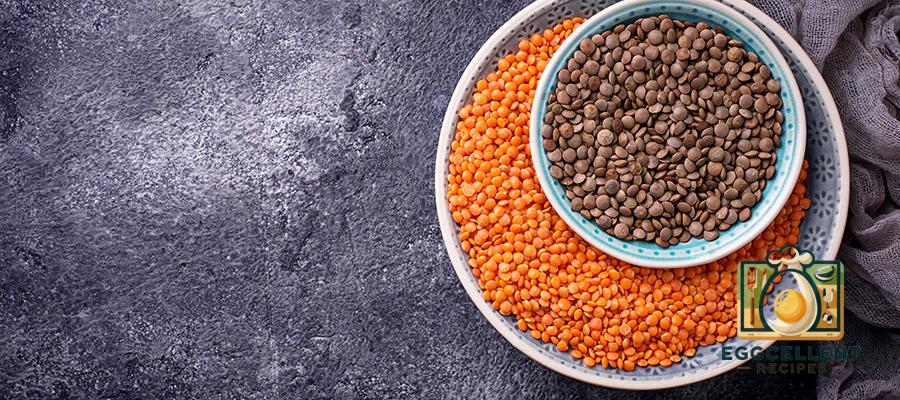
Fiber Content: 15.6 grams per cup (cooked)
Lentils are one of the best plant-based sources of fiber, especially soluble fiber. They also provide a hefty dose of protein, making them a fantastic choice for vegetarians and vegans.
How to Eat: Add lentils to soups, stews, or salads, or use them in vegetarian dishes like lentil curry or lentil burgers.
3. Chia Seeds
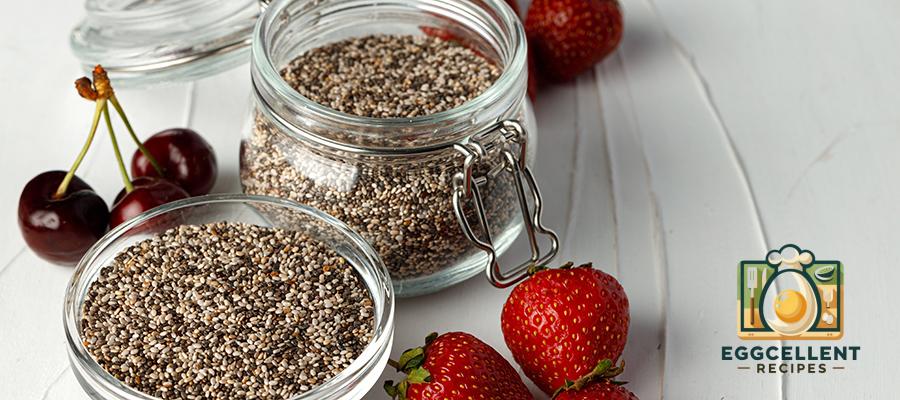
Fiber Content: 10 grams per ounce (2 tablespoons)
Chia seeds are tiny powerhouses packed with fiber, especially soluble fiber, which helps form a gel in your digestive tract that slows digestion and promotes satiety. They are also rich in omega-3 fatty acids and antioxidants.
How to Eat: Add chia seeds to smoothies, yogurt, oatmeal, or make chia pudding by soaking them in milk or plant-based milk overnight.
4. Black Beans
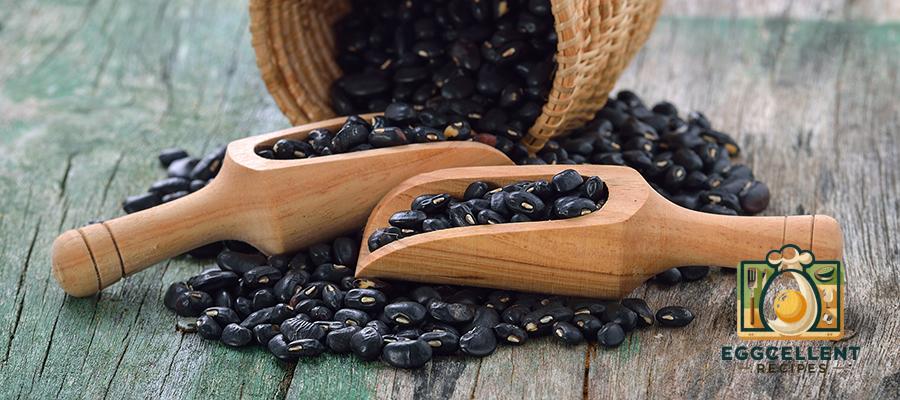
Fiber Content: 15 grams per cup (cooked)
Black beans are loaded with fiber and protein, making them a filling and nutritious option. The high fiber content also helps stabilize blood sugar levels and supports gut health.
How to Eat: Use black beans in tacos, salads, soups, or make black bean burgers for a high-fiber, plant-based meal.
5. Raspberries

Fiber Content: 8 grams per cup (fresh)
Raspberries are one of the highest-fiber fruits, with both soluble and insoluble fiber to support digestive health. They are also rich in vitamins, antioxidants, and low in calories.
How to Eat: Enjoy raspberries as a snack, add them to yogurt, oatmeal, or blend them into smoothies.
6. Almonds
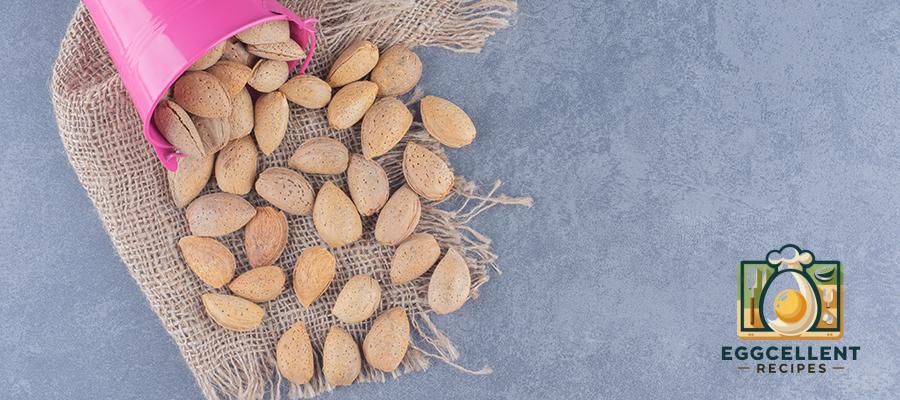
Fiber Content: 3.5 grams per ounce (about 23 almonds)
Almonds are a nutritious snack packed with fiber, healthy fats, and protein. Eating almonds can help regulate digestion, improve heart health, and provide long-lasting energy.
How to Eat: Snack on almonds, add them to salads or smoothies, or use almond butter as a spread on whole-grain toast.
7. Quinoa
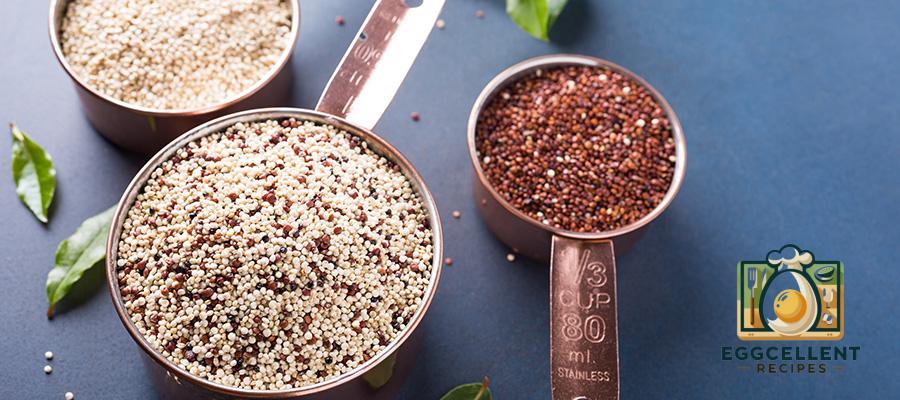
Fiber Content: 5 grams per cup (cooked)
Quinoa is a nutrient-dense grain that provides both fiber and protein. It’s also a great source of essential amino acids, making it a complete protein for vegetarians and vegans.
How to Eat: Use quinoa as a base for grain bowls, add it to salads, or serve it as a side dish with vegetables and lean proteins.
8. Sweet Potatoes
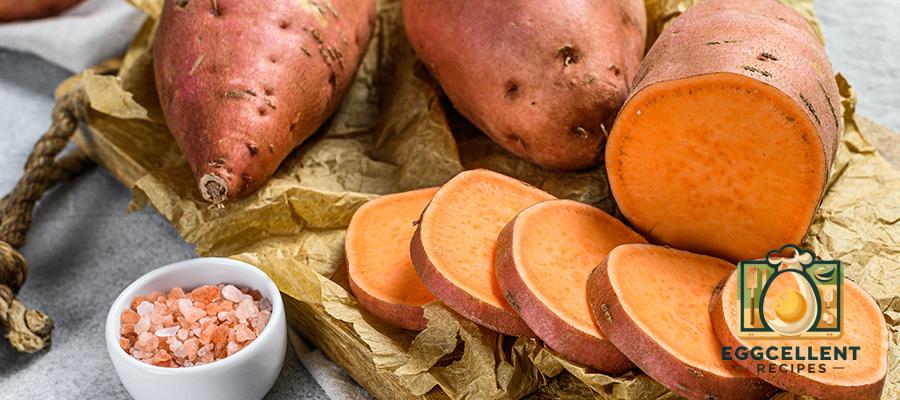
Fiber Content: 6 grams per large sweet potato (baked)
Sweet potatoes are rich in both soluble and insoluble fiber. They are also loaded with vitamins A and C, which support immune health and skin health.
How to Eat: Bake or roast sweet potatoes as a side dish, mash them, or use them in soups and stews.
9. Broccoli
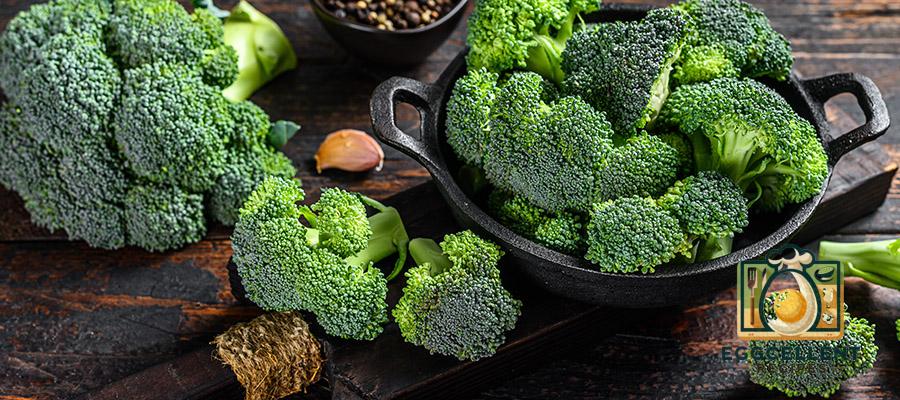
Fiber Content: 5.1 grams per cup (cooked)
Broccoli is a fiber-rich vegetable that also provides vitamins C and K, and it has anti-inflammatory properties. The fiber in broccoli supports digestion and helps keep you full.
How to Eat: Add broccoli to stir-fries, salads, soups, or serve it steamed as a side dish.
10. Pears
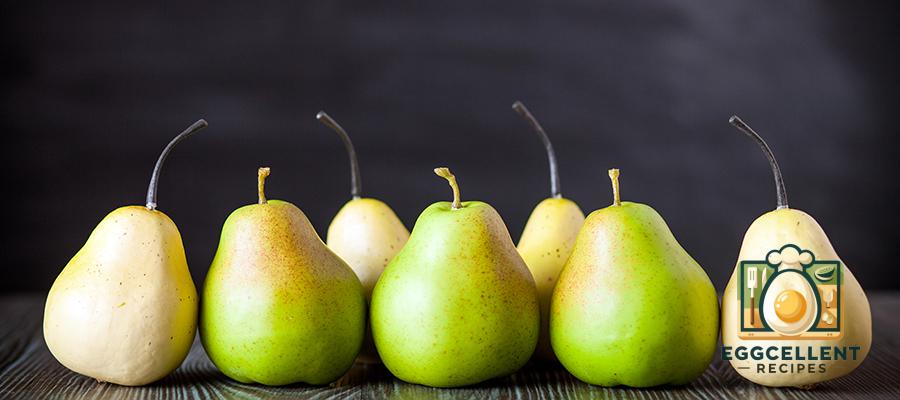
Fiber Content: 5.5 grams per medium pear
Pears are high in soluble fiber, which helps control blood sugar levels and reduce cholesterol. Eating pears can also aid digestion and keep you feeling full.
How to Eat: Eat pears as a snack, slice them into salads, or add them to oatmeal or yogurt.
11. Avocados
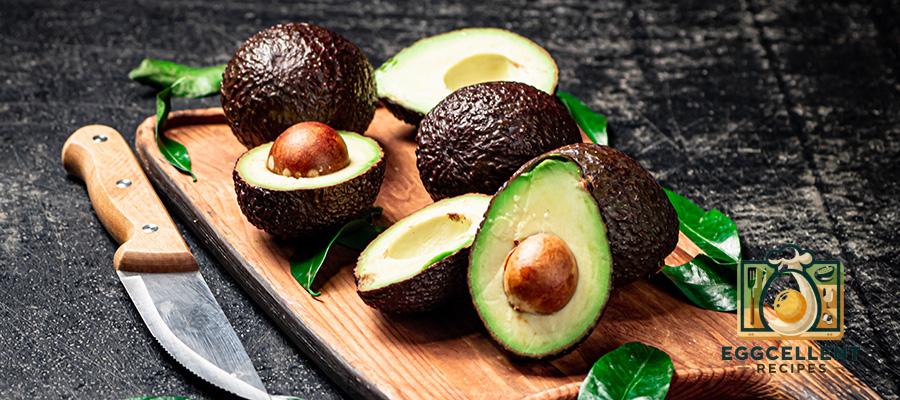
Fiber Content: 10 grams per medium avocado
Avocados are a great source of both soluble and insoluble fiber. They are also packed with healthy monounsaturated fats, which support heart health and reduce inflammation.
How to Eat: Spread avocado on toast, add it to salads, blend it into smoothies, or make guacamole.
12. Barley
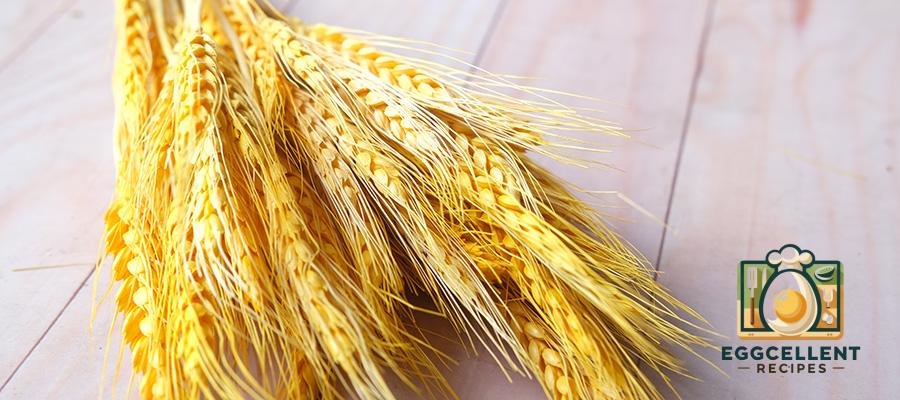
Fiber Content: 6 grams per cup (cooked)
Barley is a whole grain that’s rich in soluble fiber, specifically beta-glucan, which helps lower cholesterol and regulate blood sugar levels.
How to Eat: Use barley in soups, stews, or grain bowls, or serve it as a hearty side dish.
13. Artichokes
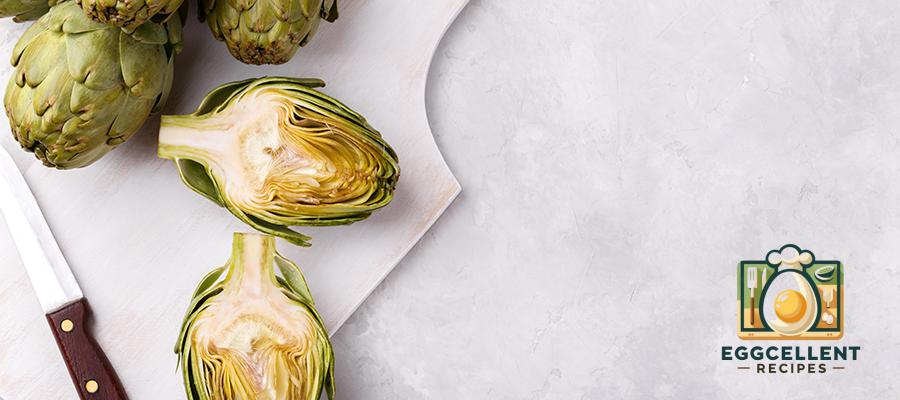
Fiber Content: 10 grams per medium artichoke (cooked)
Artichokes are one of the most fiber-dense vegetables. They are high in both soluble and insoluble fiber, making them great for digestion and gut health.
How to Eat: Steam or grill artichokes and serve them with olive oil and lemon, or add artichoke hearts to salads and pasta dishes.
14. Chickpeas (Garbanzo Beans)
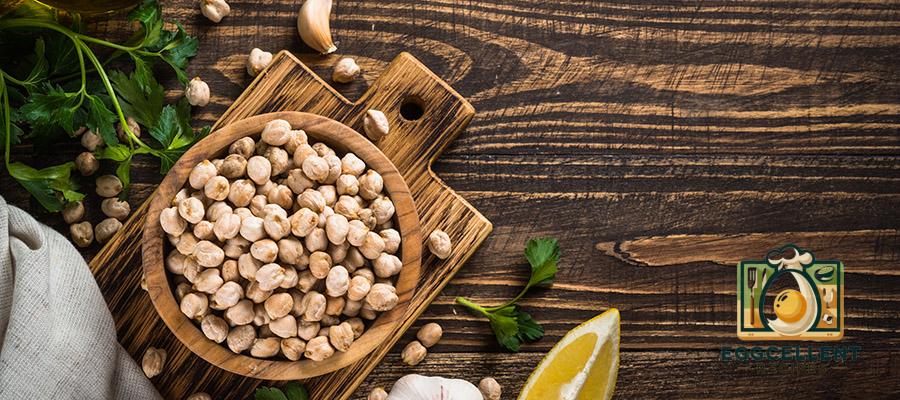
Fiber Content: 12.5 grams per cup (cooked)
Chickpeas are a great source of both fiber and protein. They help regulate blood sugar, improve digestion, and keep you full longer.
How to Eat: Use chickpeas in salads, soups, stews, or make homemade hummus for a fiber-rich snack.
15. Brussels Sprouts
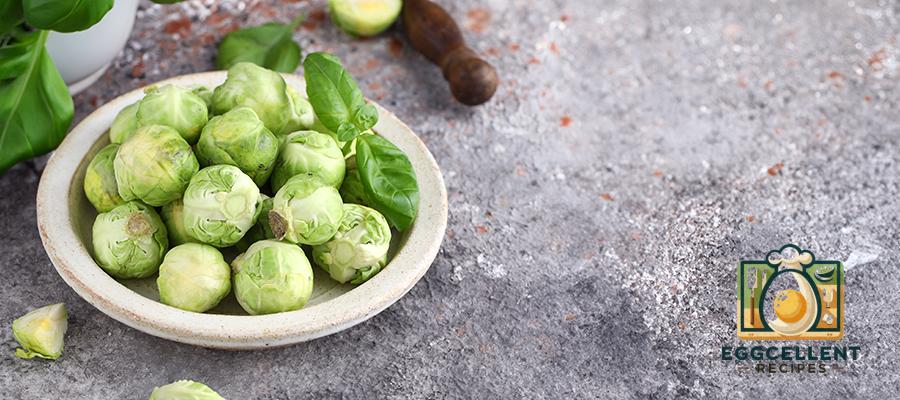
Fiber Content: 4 grams per cup (cooked)
Brussels sprouts are loaded with fiber, vitamins, and antioxidants. Their fiber content helps support digestion and keeps blood sugar levels stable.
How to Eat: Roast Brussels sprouts with olive oil, add them to grain bowls, or use them in stir-fries.
Tips for Increasing Fiber Intake
- Start Slowly: If you’re increasing your fiber intake, do so gradually to prevent digestive discomfort like bloating or gas.
- Stay Hydrated: Drinking plenty of water helps fiber move through your digestive system smoothly.
- Eat Whole Foods: Focus on whole, unprocessed foods like fruits, vegetables, whole grains, legumes, nuts, and seeds to boost fiber intake naturally.
- Add Fiber to Every Meal: Include high-fiber foods in every meal and snack to meet your daily goals.
Final Thoughts
Eating a fiber-rich diet is essential for supporting digestion, maintaining heart health, regulating blood sugar levels, and promoting overall wellness. By incorporating high-fiber foods like oats, legumes, fruits, vegetables, and seeds into your daily meals, you can improve your health and feel more energized.
Start by adding some of these fiber-packed foods to your diet and enjoy the benefits of better digestion and long-term health. As always, consult with a healthcare provider or nutritionist to ensure you’re meeting your individual dietary needs.




